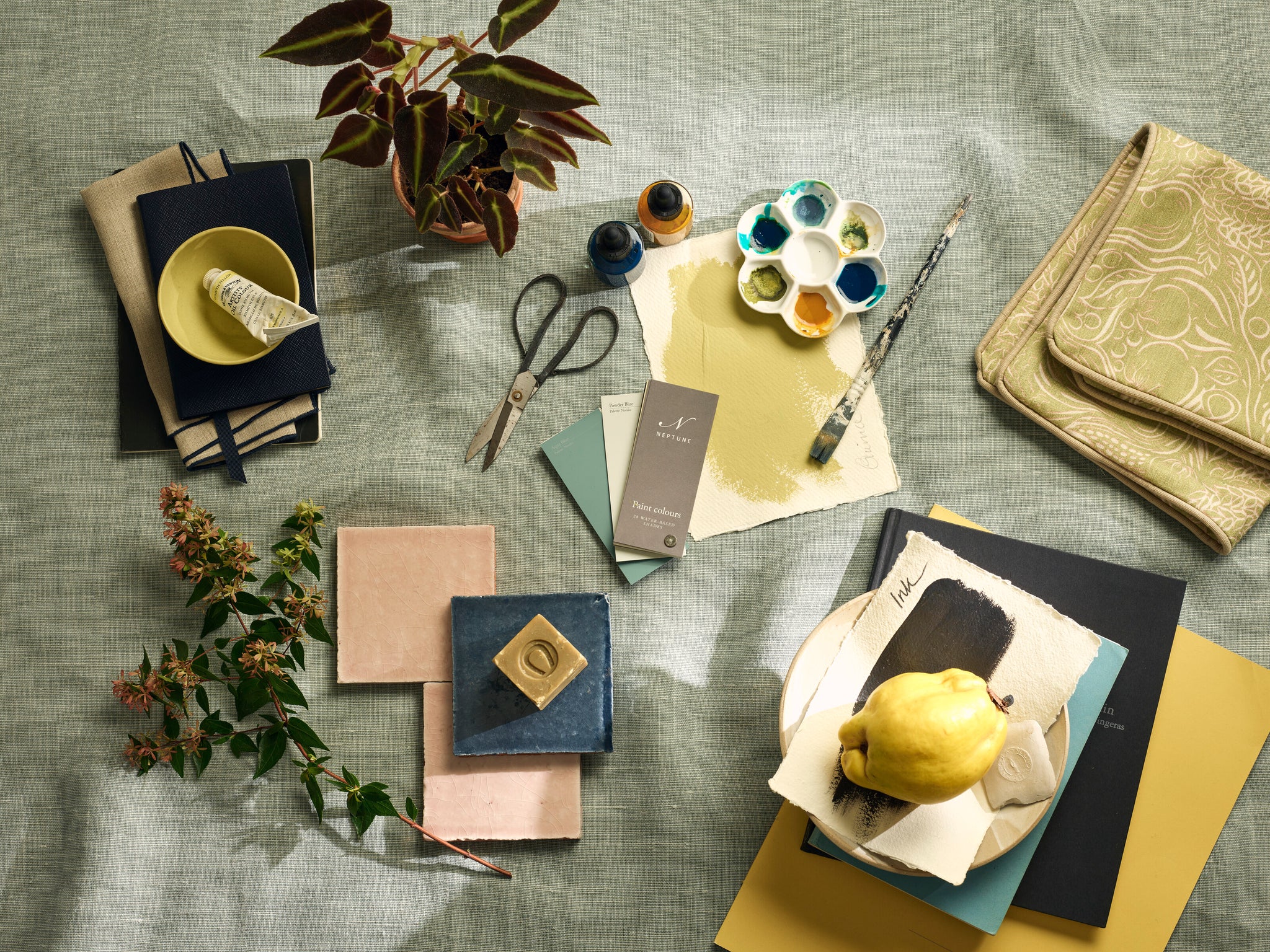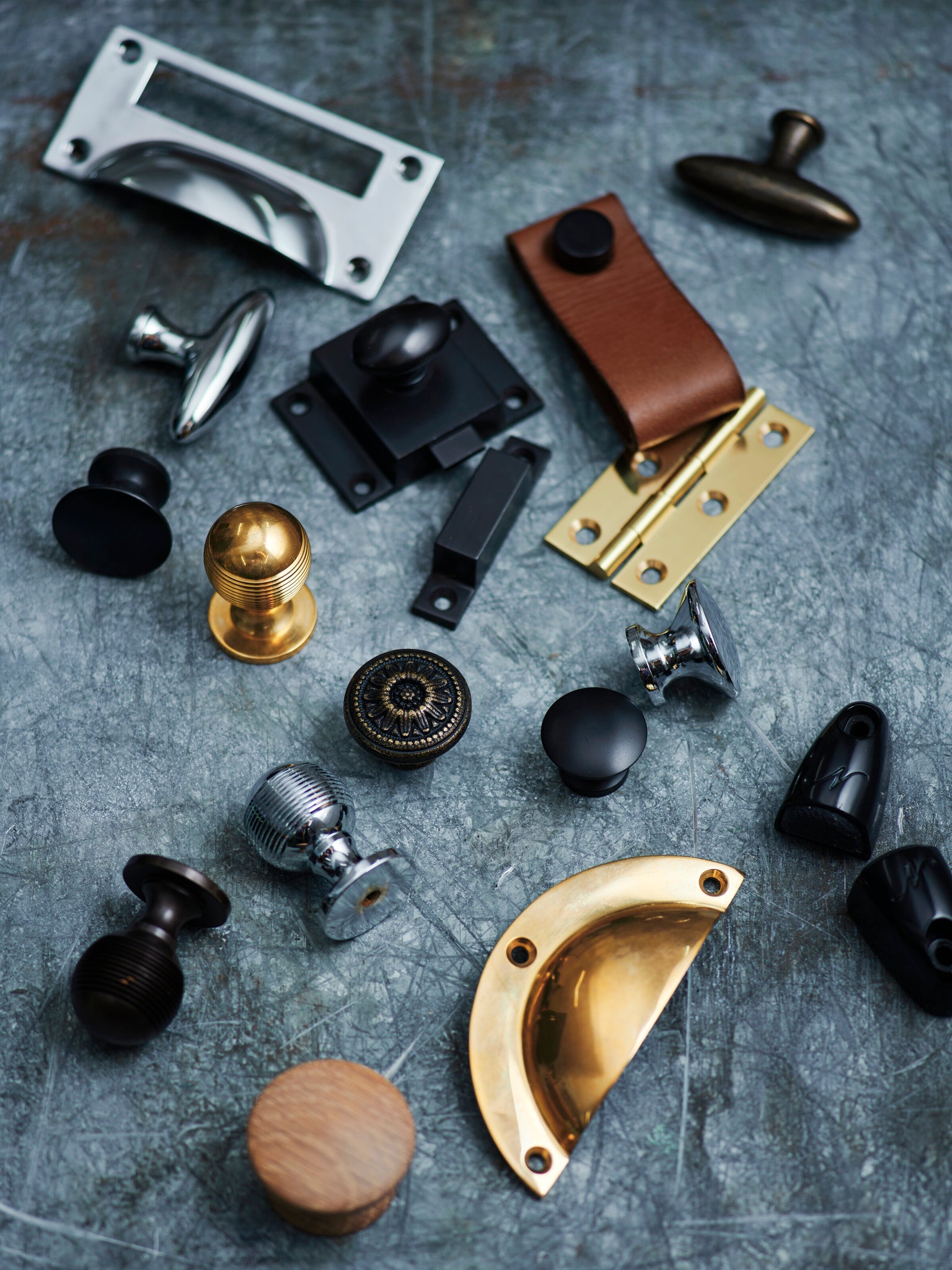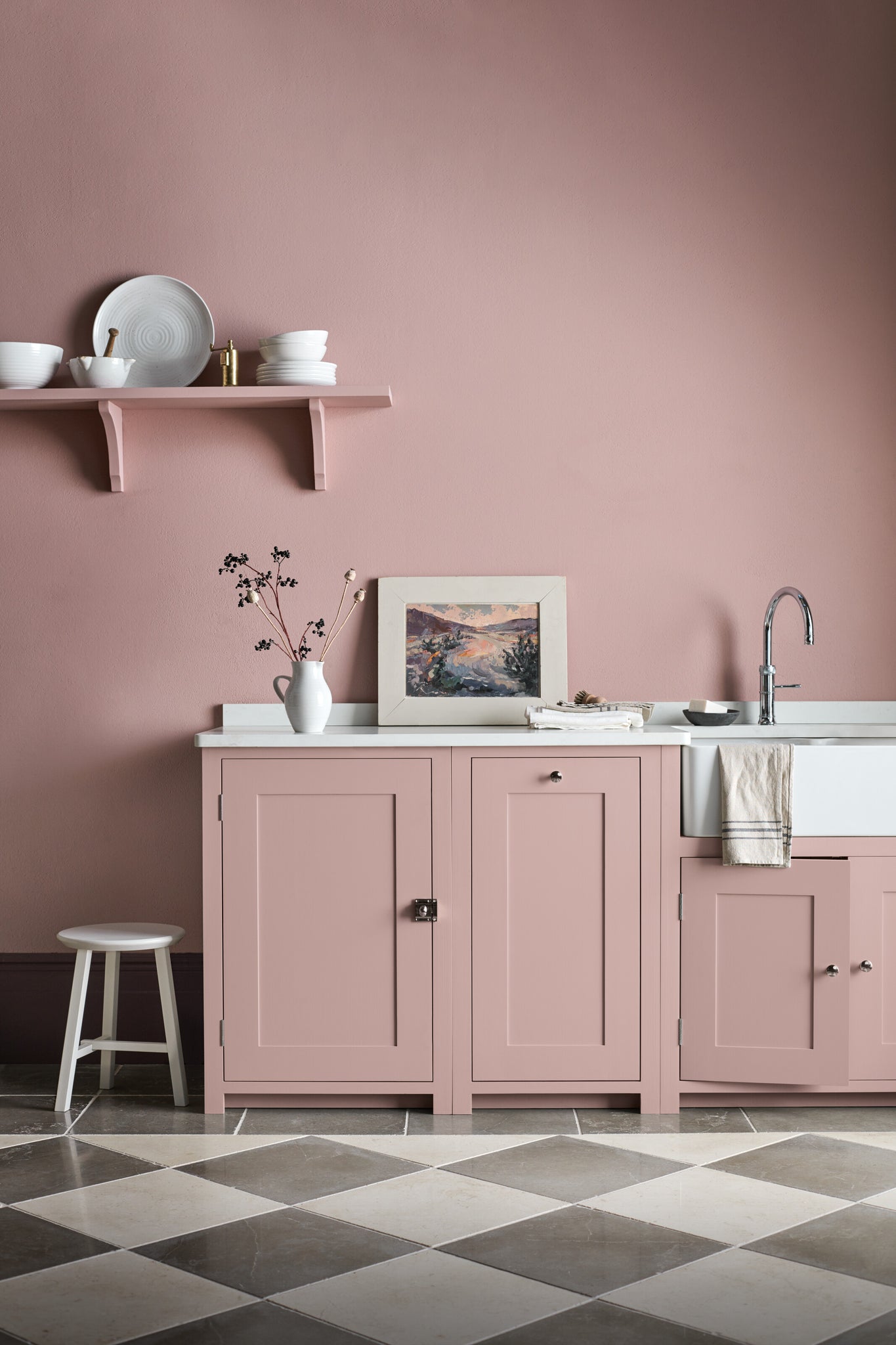
Always prepare your surfaces
Professional decorators spend longer on prep than on painting itself, and it shows in the finished result. Paint won’t adhere properly to surfaces that are dirty, damp, dusty or oily, so do a thorough check on your room before you start work, moving furniture away from the walls and dealing with any trouble spots. This could mean sanding flaky areas, sealing any damp patches or simply a good vacuuming and washing down, so no dirt gets into your new paint.
At this stage, it’s a good idea to lightly sand down woodwork using 320-grit sandpaper. Then wipe with a damp cloth, followed by a dry one. This creates a key for new paint and ensures a clean, smooth finish.
Prime all surfaces before you start painting. Primers prevent issues like dragging and blistered paint, helping the top coat adhere evenly. Unlike the paint itself, they‚Äôre meant to be worked into the surface ‚Ä� if need be, ours can be thinned with water so it penetrates better.
Lastly, don’t paint straight onto newly plastered walls. These need sealing first with thinned-down PVA glue and an undercoat, as plaster’s very porous.
Prepare your paint too
The way you store your paint can have a surprising effect on how well it works. Keep it in a cool (not cold) place and make sure all the tins you’re using are at room temperature before you begin. Paint that’s too cold is thicker and harder to apply; because the pigment’s denser, it can look darker and will cover a smaller area too. On the other hand, paint that’s too warm can lose opacity or blister.
Check that all the paint you‚Äôre using is from the same batch ‚Ä� if you‚Äôve bought it in one go it should be, but if not, it‚Äôs a good idea to mix both tins together so you don‚Äôt get any colour variation.
Then, using a sturdy (and clean!) stick, stir the paint well for a good few minutes. Make sure you have somewhere safe and protected for open paint tins to stand, where you can decant them into your painting tray. It should be easy to reach, but not somewhere you might knock tins over while you’re working.
Use the right tools
It‚Äôs essential to have all the right kit at hand ‚Ä� and you might need more than you think. As well as the obvious ‚Ä� thick canvas dust sheets, a roller extender for ceilings and a reliable step ladder, for instance ‚Ä� gather the following:
Foam and sheepskin rollers ‚Ä� good-quality sheepskin rollers that don‚Äôt shed give the best finish on walls. Have small and large ones, so you can paint both fiddly areas and large expanses easily. Foam rollers are better for a smooth finish on larger areas of woodwork, such as window ledges.
Brushes ‚Ä� again, have a variety, including ones with angled and tapered bristles that can get into small or awkward areas (and make light work of fine details, such as around plug sockets). A big dusting brush is also useful for removing stray bristles, fluff and dirt.
A clean, damp cloth ‚Ä� always have one close by to mop up drips and spills before they dry.
Painting walls and ceilings
Though it‚Äôs tempting to start by covering the walls with colour, don‚Äôt; you‚Äôll get better results if you start by tackling the ceiling and work downwards (painting skirting last). Always ‚Äòcut in‚Ä� around the edges first (a small, tapered brush helps create a neat straight line where the wall meets the ceiling).
Masking tape will protect socket trims and carpets, but you’ll still need to paint the edges carefully, with a steady hand, so they’re as neat as can be.
Painting woodwork
As well as architectural details, there’s lots of other woodwork around your home you can freshen up with paint. Wooden kitchen units and furniture, for instance, are easy to update to change the mood. Lightly sand and clean them (as in step one) and fill any chips or dents with wood filler before sanding again (and priming, if the wood hasn’t been painted before).
Prepare your paint as in step two and apply two thin coats, allowing each to dry thoroughly. This prevents dragging and drips that can spoil the finish.
You can use a roller or a brush ‚Ä� for eggshell on kitchen units though, we think a foam roller gives the smoothest result.

Painting outdoor furniture
The rules here are much the same as they are for indoor woodwork, although you’ll probably need to sand back old paintwork that’s been exposed to weather a bit more thoroughly to get rid of flakes and cracks.
You’ll also need to ensure furniture’s completely moisture-free before repainting, so bring it indoors to dry out for a couple of days if need be (a fan blowing can help things along).
Don't worry if you make a mistake
Lastly, dry new paintwork indoors, not in the open air, where it can blister and attract dirt.
The best thing about painting’s not just that you can change it any time you like, but that if something’s not quite perfect, it’s easy to put right. It’s one of the most fun and creative DIY jobs there is, so enjoy every step if you can.
Explore our edited paint palette.
Ã˝
]]>














